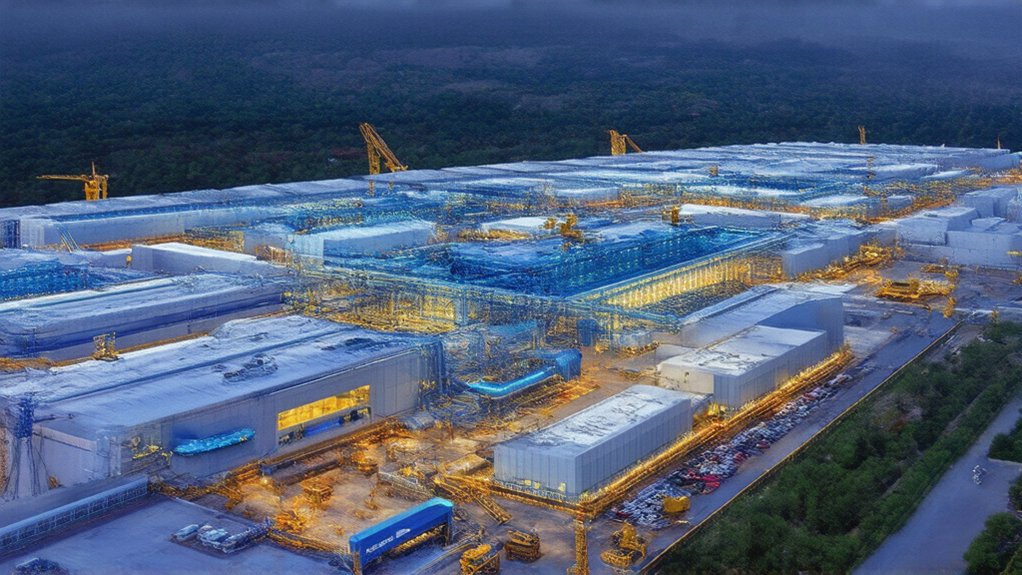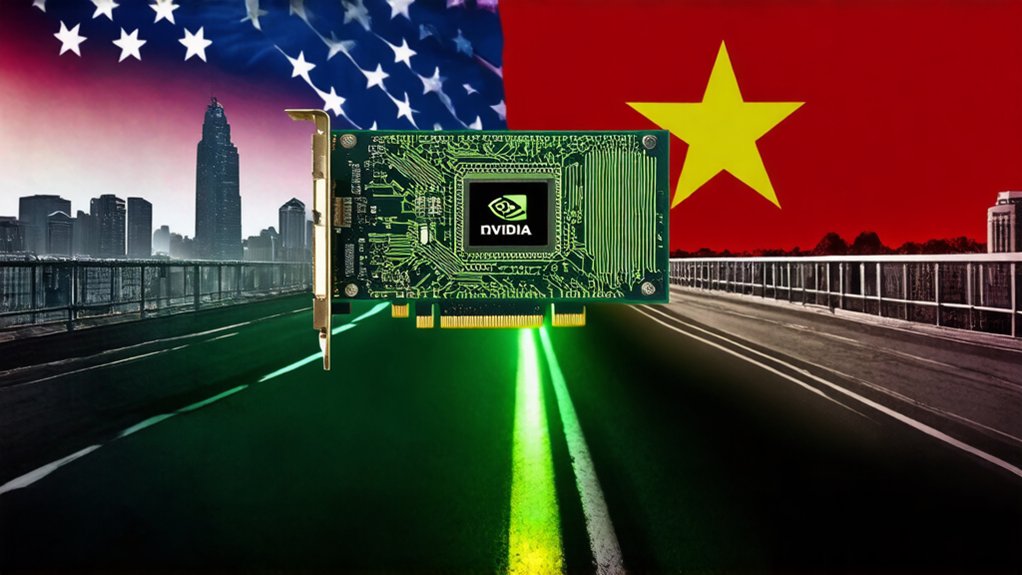South Korea is doubling down on its semiconductor strategy. The government just disclosed a massive 33 trillion won ($23.25 billion) support package for its chip industry. That’s a serious upgrade from last year’s 26 trillion won plan. But hey, when semiconductors make up 21% of your exports, you protect them at all costs.
The package isn’t just about throwing money around. It’s a calculated response to global competition and those looming US tariffs everyone’s worried about. Nobody wants to get left behind in the chip race. Especially not Korea.
At the core of the plan is 20 trillion won in low-interest loans through 2027. That’s free money, basically. Well, not free, but cheap enough that companies will be fighting to get it. The Korea Development Bank will handle the cash, primarily for building new factories and expanding existing facilities.
Low-interest loans aren’t free, but when the terms are this sweet, it’s basically economic rocket fuel for chipmakers.
The smaller players aren’t forgotten. A 1.1 trillion won fund is earmarked specifically for SMEs and fabless companies. Because an ecosystem isn’t just about the giants.
Infrastructure is getting a major boost too. The government is increasing its funding ratio from 30% to 50% for industrial complexes. They’re even covering 70% of the cost for underground power lines. Pretty generous, right?
The ambitious “mega cluster” plan aims to build the world’s largest semiconductor hub in Gyeonggi province. Sixteen new fabs by 2047. That’s the long game.
R&D investment is jumping to over 5 trillion won for the next three years. Mini-fabs, AI semiconductor equipment, talent development programs – the works. They’re especially targeting next-gen tech like AI chips. The funding prioritizes advanced memory technology to help maintain South Korea’s competitive edge in the global market.
Tax breaks are impressive too. Large companies now get a 20% tax credit (up from 15%), while smaller firms enjoy a 30% rate. These incentives run through 2031.
Korea isn’t messing around. In the global chip war, they’re arming up for the long haul. This strategic move comes as semiconductor exports reached an impressive $141.9 billion in 2024, emphasizing the sector’s critical importance to the national economy.


